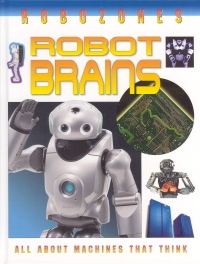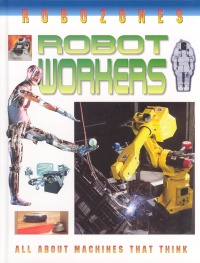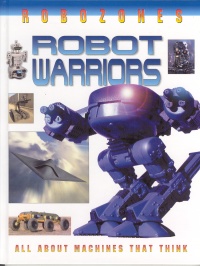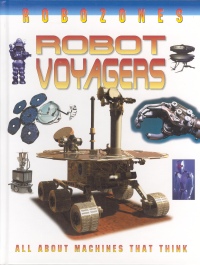| ________________
CM . . .
. Volume XIII Number 20 . . . .May 25, 2007
excerpt:
It's hard to imagine that only a generation ago, manufacturing, surgery and even space exploration were all accomplished by humans using their hands to bend, screw, reach, measure and place everything correctly. The world operated very well, but people were always thinking about how work could be made easier, and faster. Robots were a concept for a long time before they became practical, but now, with automation, they are an integral part of the industrial process. They save money, and they save lives by performing everything from previously difficult, dangerous surgeries to retrieving suspected bombs. The possibility of life on other planets is being tested by robots which send valuable data about the cosmos back to earth for scientists to analyze. Robots used in space and scientific research capture the imagination of the public. The Canadarm, attached to the Space Shuttle, has given robotics a high profile. Similarly, robots used by the military, through unmanned spy planes or as mine detectors, engender a fascination with the engineering and the potential of what else can be done with robots. Children love to read and talk about robots. Crabtree's "Robozones" series will be a big hit with kids, especially young boys. The set of four books contains a lot of interesting information and great photographs that are thoroughly explained. The 32-page books have 12 two-page chapters. For example, Robot Brains discusses how robots work and how they are used by humans: in artificial intelligence, as toys, in transportation, in daily life, in competition and in concert with humans. The final chapter posits about how the science of robotics can be developed further in the defined subject areas. Each book discusses the history of robotics and computing in a helpful timeline on page 28. Bolded words are defined in a glossary on page 30-31, and an index on page 32 locates information. The text is written at a juvenile level but explains concepts thoroughly, and the white pages are brightly illustrated. The combination of interesting colour photographs with the text will make the book attractive to children at either age of the target age range. Captions are informative, and each chapter has a "Robofacts" sidebar with intriguing examples that show how robots are used to help people.
In the future, robots could be controlled by human brain waves.
The science curriculum addresses the subjects of engineering and technology, and these books can be useful resources for students researching the history of robotics or searching for ideas to develop into a science fair project. Ultimately, children grow up, and interesting books such as these may be a catalyst for those who are considering areas of study at higher levels of education. This up-to-date series will be in high demand in a school library. Highly Recommended. Harriet Zaidman is a teacher-librarian in Winnipeg, MB.
To comment
on this title or this review, send mail to cm@umanitoba.ca.
Copyright © the Manitoba Library Association. Reproduction for personal
use is permitted only if this copyright notice is maintained. Any
other reproduction is prohibited without permission.
NEXT REVIEW |
TABLE OF CONTENTS FOR THIS ISSUE
- May 25, 2007.
AUTHORS |
TITLES |
MEDIA REVIEWS |
PROFILES |
BACK ISSUES |
SEARCH |
CMARCHIVE |
HOME |



